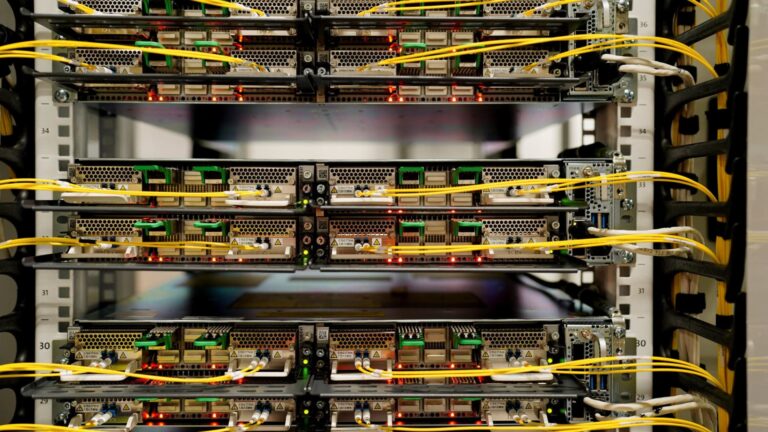A surge in artificial intelligence infrastructure spending is lifting GDP and driving market optimism, but some experts warn the boom could be concealing underlying economic weakness.
Global AI investment is forecast to reach $375 billion in 2025 and top $500 billion by 2026, according to UBS. That flood of capital is reshaping how and where money is flowing across the economy.
“It’s the start of trillions being spent in this build out of the fourth Industrial Revolution,” said Dan Ives, managing director at Wedbush Securities.
“Big tech right now is doing the equivalent of building Vegas in the 1950s where there was just sand. Dubai 30 years ago. That’s what’s happening with this AI infrastructure build out from the chips to the data centers to the grid. You’re really building out the future economy for consumers and enterprises,” he added.
But some experts are skeptical of the sustainability of the AI-driven momentum.
A September 2025 analysis from Deutsche Bank argued that without AI-related investment, the US economy might already be in a recession.
“GDP is being driven by all this investment,” said Barry Knapp, managing partner at Ironsides Macroeconomics. “Earnings growth is being driven by all this investment. The S&P 500… [is] pretty unbalanced right now. And that does create a vulnerability to an investment bust at a point when we’ve blown out government spending to unprecedented levels.”
Many are comparing the moment to the dotcom bubble in the late 90s. Unlike the dot-com boom, where companies had little revenue, many of today’s AI giants are bringing in a lot of cash, but some experts are worried it may not be enough to sustain the elevated level of spending. Some companies are turning to the bond market to finance the infrastructure expansion by issuing debt that they plan to pay back later. Oracle, Meta and CoreWeave have each raised billions in debt or private credit to finance new data center infrastructure.
“As we go through the rest of these incredible estimates of how much capital is going to be required to build out this infrastructure to avoid seeing electricity prices continue to go up for the public, is going to require a lot of debt over time,” Knapp said.
“The labor market looks very, very weak to me,” he added. “It’s on the precipice of a more pronounced decline.”
Despite the risks, many see long-term upside from the current investment cycle and bullish investors remain optimistic.
“Will there be bumps along the road? Yeah but I don’t fear that this is too big to fail given it’s propped up by tech. Trillions on the balance sheet, generating another $3 to $400 billion of cash a year,” Ives said.
“The reality is it’s an arms race US versus China,” Ives added. “And they don’t have time to slow down because China is accelerating as well. And I think that’s bullish in terms of the capex cycle that I really view as an AI supercycle.”
Watch the video above to learn more about how AI infrastructure spending is reshaping the U.S. economy and what happens if it slows down.

